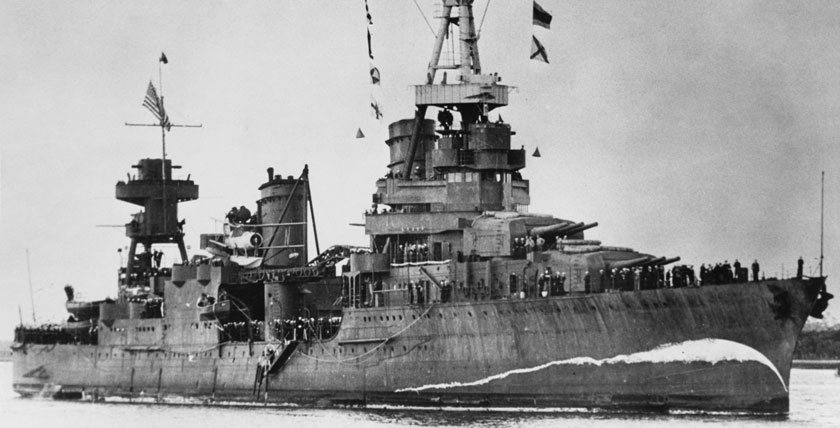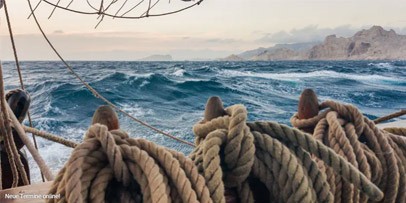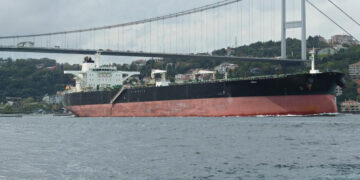The Washington Conference on the Limitation of Naval Armaments took place 100 years ago. During its course, three important treaties were agreed that shaped the political and military situation in the run-up to the Second World War.
Shortly after the end of the First World War, new potential for conflict emerged among the victorious powers. The most significant factors were the escalating arms race among the remaining naval powers and the strategic competition between these states in the Pacific region. This also included the threat of aggression against a politically and militarily weak China.
The situation in China was particularly precarious. The country had sided politically with the Entente powers in the First World War; more than one hundred thousand Chinese served as non-military support forces for the British and French armed forces. However, the hoped-for recognition of China's complete territorial sovereignty by the victorious powers did not materialise. Internally, the Middle Kingdom remained divided between hostile political movements and countless territorial warlords.
Taken together, these developments harboured the risk of a new major military conflict, this time in the Pacific region. In view of this situation, a group of US senators urged President Warren Harding to initiate disarmament talks with the USA's two strongest competitors in the naval sector, Great Britain and Japan.
Access?
- Access to all articles from the marineforum magazine
- Easy payment via PayPal, direct debit or credit card
- The subscription can be cancelled at any time free of charge
- Free of charge for MOV members












0 Kommentare